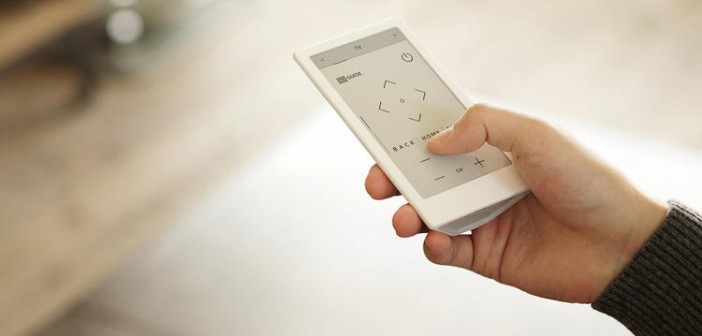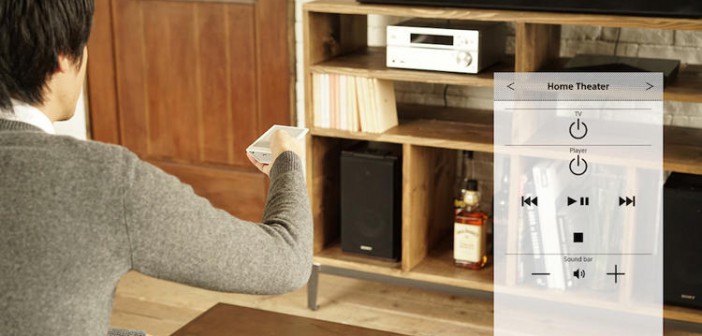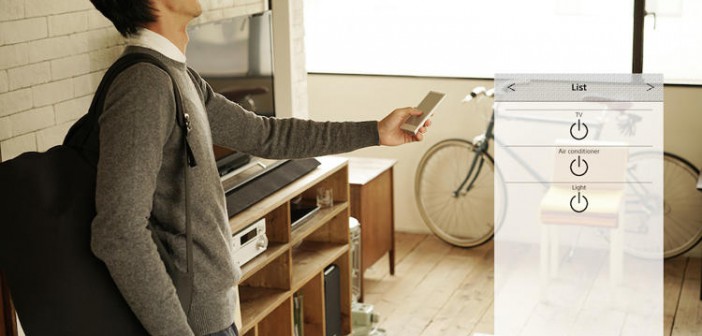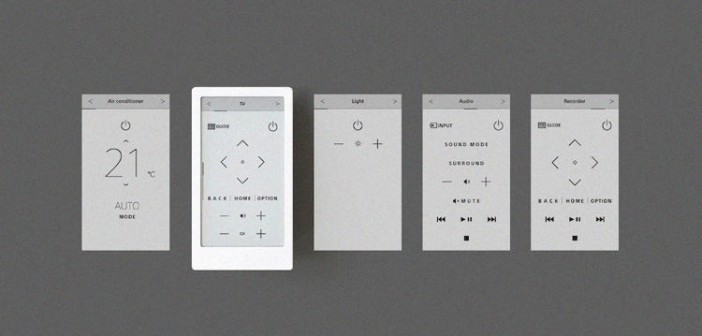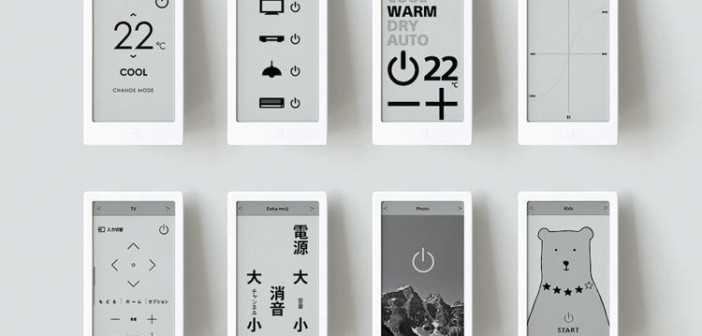Sony’s Latest Design Experiment: A Remote Control For Your Entire Life
The best Sony is weird Sony. It’s the Sony that makes robot dogs andglowing, rolling party balls. It’s the Sony that’s selling something you might not necessarily buy today but that lays the foundation for something you’ll need tomorrow.
Take the HUIS remote (it stands for Home User InterfaceS). It’s a $250 e-ink touchscreen display, like a Kindle Paperwhite, but it’s also a programmable universal remote, like a Logitech Harmony. Via infrared and Bluetooth, it can control anything from your cable box to your smart thermostat.
The e-ink screen solves the biggest problem with using your smartphone—or any other LCD—as a remote. Rather than taking all the incremental steps involved in turning on your phone and opening an app to make changes, its power-sipping display means its screen can stay turned on for a month between recharges.

On top of the convenience factor, e-ink is simply a superior display for the home. By nature, it’s lit by external sources—the light from your window or lamp—rather than glowing with yet another backlight that makes the coziest of living rooms look like a Best Buy. So why don’t we see e-ink in more digital devices? The reason that you can’t use it to power an iPhone is simple: Its screen can’t refresh dozens of times a second, and it lacks the millions of colors we expect to properly watch Snapchat. But in the context of a remote control, where you only need a few buttons at the ready, these limitations don’t matter.
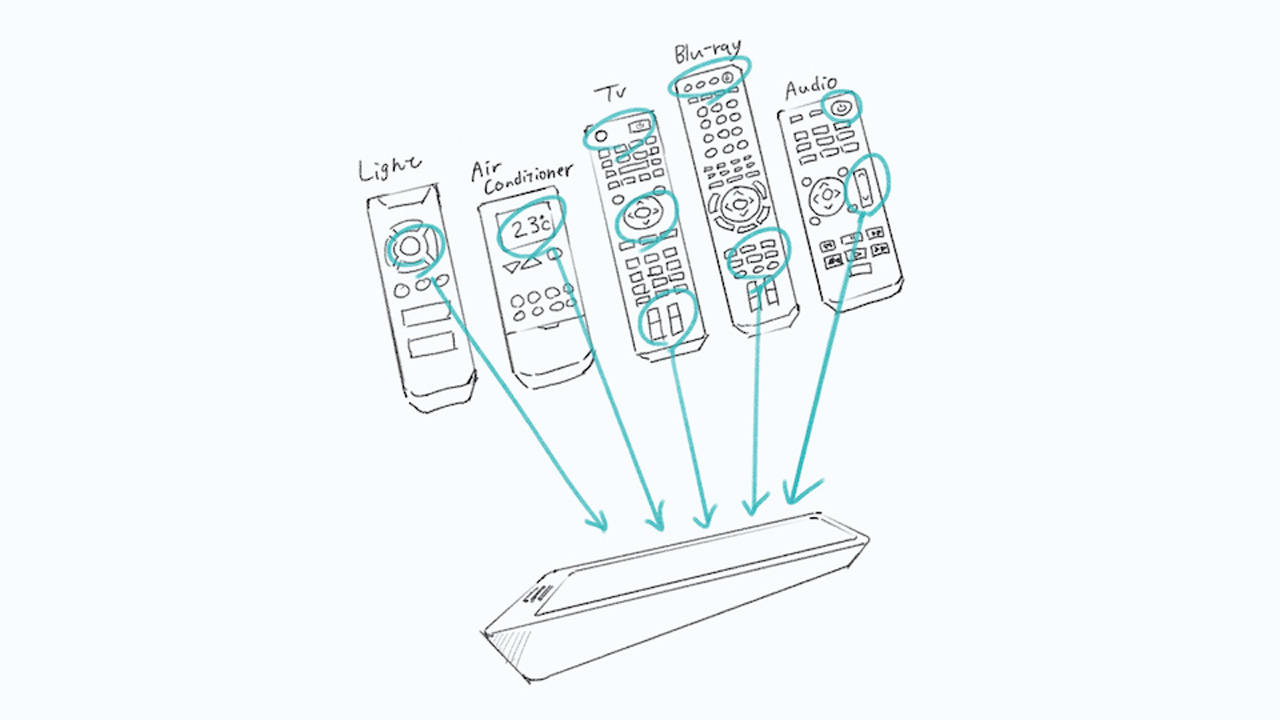
Currently, HUIS is selling for $250 on Sony’s own Kickstarter clone, where it’s presented as a work-in-progress. And here’s where the potential of HUIS gets really interesting. In the future, Sony‘s development team wants to develop a PC-based platform where users can actually design completely custom remote controls using the same technology. Imagine if a HUIS came out that could read near field communication (NFC) tags. And if our appliances, like our lights, coffeemakers, and refrigerators, adopted this standard, too. That would mean you could walk around your home with the HUIS and see its on-screen controls update based on proximity—letting you instantly change the otherwise obfuscated settings on any object or appliance within range.
Because when you consider the possibility of a true smart home, in which all of our dumb fixtures are loaded with programmable settings and readable diagnostics, the greatest challenge isn’t how you connect it—it’s how you control it. And in this sense, maybe Sony—good old, weird Sony—is onto something.
(via psfk)
All Images: Sony

